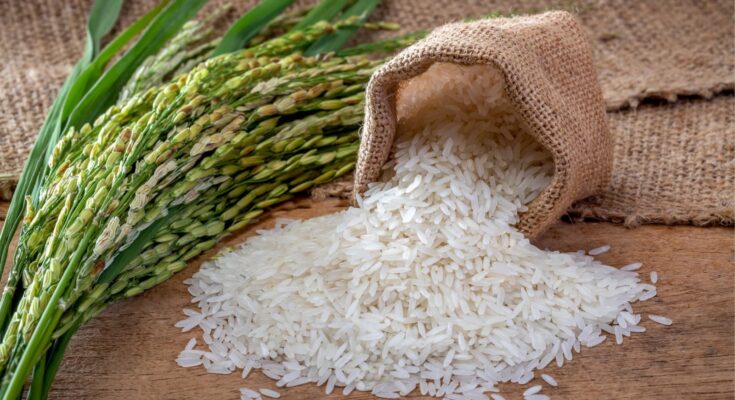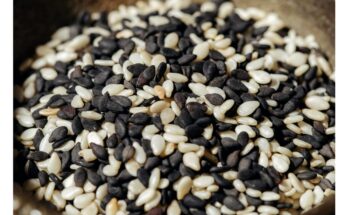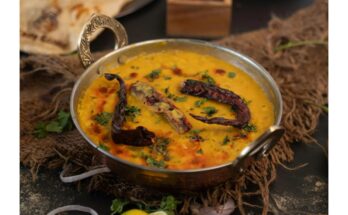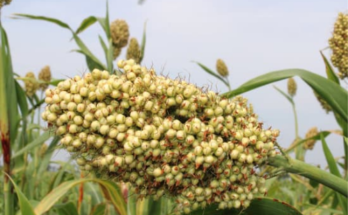Rice is the staple diet for more than half of the world’s population and is consumed principally in Asia. Rice forms up to 80 per cent of the food intake in some countries. It is cooked in boiling water and eaten mostly with cooked pulses, vegetables, fish or meat. In India, several types of dishes are prepared from rice flavoured with spices and other ingredients. Other rice preparations include parched rice, puffed rice, and fermented preparations like “idli” and “dosa”.
Rice Structure:
Paddy is a covered caryopsis. The husk which generally forms about 21 per cent varies in thickness and the ease with which it can be separated from the kernel of different types of rice. Rice grain resembles wheat but is smaller than wheat, is flattened laterally and has no ventral furrow. The pericarp with the underlying aleurone layer, the starchy en-dosperm and the germ of the grain, on an average, amount respectively to 6.0, 91.75 and 2.25 per cent of the grain. The aleurone layer is generally thicker in the japanica variety of rice than in the indica rices. In the indica rices, maximum development of aleurone layer is observed in rices with purple or coloured pericarp and in larger, bolder grains, than in fine and slender ones. The endosperm is of two kinds, the glutinous and the non- glutinous, the former being more sticky when cooked than the latter.
Varieties of rice are classified according to kernel weight, length and breadth. Based on ratio of the length to the breadth, the grains are de- scribed as slender, medium or bold.
Cooking and Nutritive value:
Freshly harvested rice has poor looking qualities, when compared to rice from paddy stored for a few months after harvest. The rice from freshly harvested paddy cooks few glutinous mass, has low swelling capacity and causes digestive Cooks to a Well-stored rice grains swell on cooking to about four times their original Volume, while freshly harvested rice scarcely swells to double its size when cooked. This is due to the high Alfa-amylase content of fresh rice, which acts on starch in the kernel but is inactivated during storage.
There is considerable loss of vitamins, minerals and proteins during the milling of rice. Washing of rice before cooking results in the loss of B- vitamins. Over 60 per cent of thiamine of milled rice is lost during washing. Depletion of nutrients during cooking is generally less serious than due to washing. The common method of cooking, which uses excess of water that is subsequently discarded, causes the maximum loss.
In countries where rice is the staple diet, continuous and exclusive use of polished rice causes beri-beri, due to the deficiency of thiamine. To remedy the deficiencies of polished rice, white rice is enriched with the required nutrients (fortified rice).
Nutritive value per 100g of Rice:
Energy (kcal) : 345
Protein (g) : 6.8
Fat (g): 0.5
Carbohydrates (g) : 78.2
Crude Fibre (g) : 0.2
Vitamins:
Thiamine (mg) : 0.06
Riboflavin (mg) : 0.06
Niacin (mg) : 1.9
Folic Acid – Total (µg) : 8
Minerals (g) : 0.6
Calcium (mg) : 10
Phosphorus (mg) : 160
Iron (mg) : 0.7
Magnesium (mg) : 64




